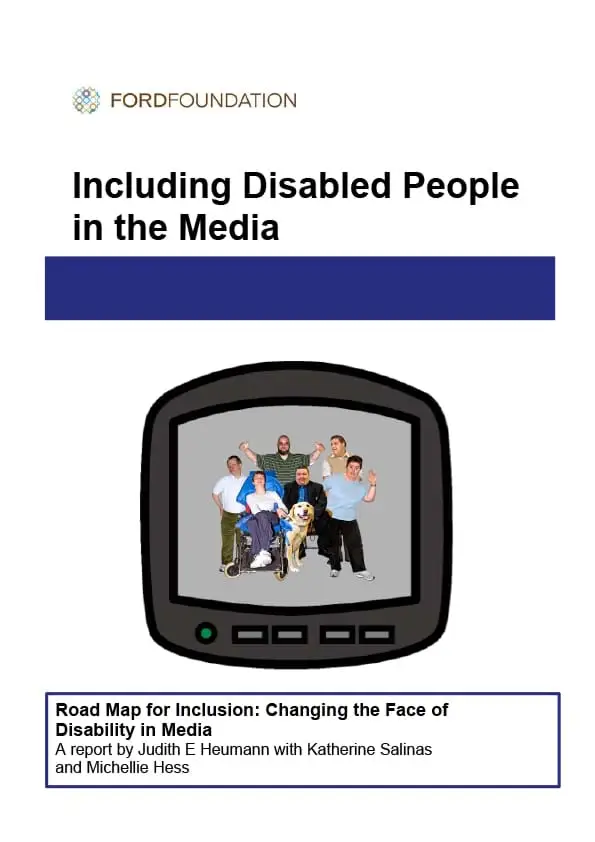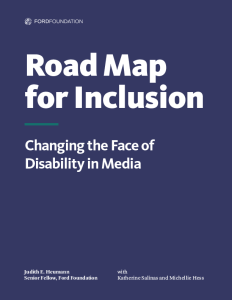The Challenge
One in four Americans live with disabilities, yet on television and in movies the fraction of disabled people represented is far smaller. When characters with disabilities are portrayed it is often by actors who are not disabled and the portrayals are rife with insidious misconceptions that do not reflect the reality of the lives of disabled people. Behind the scenes, the situation is no better; disabled people are vastly underrepresented as directors, producers, writers and more. The new wave of attention to diversity, representation and inclusion in the entertainment industry has not yet extended to people with disabilities. Though the 1990 Americans with Disabilities Act and many other measures prohibit disability discrimination in the U.S., it remains pervasive. Media reflects society and vice versa. People with disabilities are depicted on screen as pitiable, nefarious, or drains on society — depictions at once insulting, false and harmful. These toxic representations seep into mainstream society and shape public discourse on disability.
What’s in the Report
The report’s lead author, Judith E. Heumann, is a disability rights leader and former Ford Foundation fellow. Along with researchers Katherine Salinas and Michellie Hess, she examines how disabled Americans have been othered or excluded from representation in film and on television, buttressing the investigation with data that demonstrate their on- and off-screen marginalization.
Looking at the progress made by other minority groups, the authors extrapolate lessons from the experiences of the Center for Asian American Media and GLAAD on how to ensure increased and more positive representation and inclusion of disabled people in the media. The two organizations’ strategies have spanned media engagement, providing mentorship to artists, creating new work, and research to track diversity data. The report also looks to the UK for powerful examples of how disabled people can be better integrated on TV and behind the scenes, and the resulting benefits seen at the BBC and Channel 4. For example, the BBC wants disabled people to comprise eight percent of its employees, according to its 2020 diversity targets; already, 10 percent of its stars have a disability.

The report concludes with a vision of what full inclusion in the industry would look like: representative and authentic programming, an effective talent pipeline with disabled people in positions at all levels, accessible venues and media products, and the US as a lead exporter of inclusive media. This vision leads to recommendations to the philanthropic community, particularly those engaged in inclusive diversity efforts and creating change within the media industry. Key among these recommendations is the creation of a specific entity dedicated to the inclusion of disability in the media — one that can both nurture leaders and artists with disabilities and enable collaborative work to change the narrative around disability. Funders and industry stakeholders alike are urged to explicitly include disability and people with disabilities in their diversity statements and to operationalize this approach. Finally, the report encourages advocates and allies to look first within their own communities to support the leadership and visibility of people with disabilities, and to examine their own explicit and implicit biases regarding disabled people.
“It is no longer acceptable to not have women at the table. It is no longer acceptable to not have people of color at the table. But no one thinks to see if the table is accessible.”
– Judith E. Heumann
